Rong Viet Securities Company provided information, according to the survey of the United States Fashion Association (USFIA) on the comparison of competitive advantages between countries in the US with the higher the score the better. Currently, the Vietnamese textile and garment industry has a higher total score than China and Bangladesh, showing that Vietnam has a higher competitive advantage. However, compared to 2020, only Vietnam and China decreased in score while other countries are gradually increasing, signaling that Vietnam is gradually losing its competitive advantage.
Compared to China, Vietnam has a higher advantage in terms of weighted scores. Compared to Bangladesh, Vietnam has advantages in terms of a large port system, geographical location and diversified production capabilities thanks to the production of high-value and diverse products such as: vests, winter coats, swimwear while Bangladesh mainly mass-produces basic T-shirts. However, Bangladesh's score is improving thanks to increasingly diversified production. Bangladesh's export value to the US is also increasing, showing improvement in the US market.
 |
| Vietnam textile and garment production. Photo: Can Dung |
Compared to other countries such as India, Indonesia and Sri Lanka, Vietnam has faster delivery speed and flexible production capacity. However, in the long term, if these countries catch up with diversified production capacity, Vietnam will face many difficulties.
Compared to Mexico, Vietnam has a lower score due to its geographical distance. However, Mexico's short-term impact is low due to Vietnam's advantage in cheap labor and high manufacturing skills.
Compared to the Dominican Republic - Central America (CAFTA-DR) bloc consisting of 6 Central American countries: Costa Rica, El Salvador, Guatemala, Honduras, Nicaragua and Dominican Republic, which has a higher score than Vietnam thanks to its geographical advantage as well as exemption from import tax. However, in the short term, the competitiveness of this bloc is low due to the small scale of textiles, high labor costs as well as having to import yarn and fabric inputs from Asia, making the ability to produce quickly low.
Overall, Vietnam is leading in its ability to produce diverse products quickly thanks to investment in machinery and high skills. However, in the long term, other countries are likely to catch up and this advantage will gradually decrease. Vietnamese enterprises can increase investment in technology, optimize production and supply processes, and participate deeply in the value chain to create a competitive advantage over other countries.
Responding to an interview with a reporter from Cong Thuong Newspaper about Rong Viet's comments, Mr. Pham Xuan Hong - Chairman of the Ho Chi Minh City Textile-Garment-Embroidery-Knitting Association said that the report has not fully assessed the current situation of the industry. " Basically, the position of Vietnamese textiles in the US market is still maintained, orders are stable, and brands still highly appreciate the quality of Vietnamese textiles " - Mr. Pham Xuan Hong said.
According to the Chairman of the Ho Chi Minh City Textile-Garment-Embroidery-Knitting Association, in the first 6 months of 2024, the US market still accounts for 50% of Vietnam's textile and garment exports, followed by Japan and the EU.
However, like other developed markets, the US is currently preparing to issue regulations related to labor, environment, producer responsibility, etc., which domestic textile and garment enterprises must comply with. However, this is a trend and a condition that domestic textile and garment enterprises must implement in order to meet regulations on green growth and circular economy .
Regarding labor and environmental regulations in the US, Mr. Le Tien Truong - Chairman of the Board of Directors of Vietnam National Textile and Garment Group said that the US has had the Uyghur Forced Labor Prevention Act since 2021 to more closely monitor the supply chain and prevent products originating from areas with forced labor. This country also has laws on protecting garment workers that all countries producing clothing exported to the US must comply with.
In addition to the regulations already in effect, the Promoting Responsibility and Building Practical Change in Organizations Act has been introduced in the United States. This law requires parties to be held accountable for wage violations to encourage responsible production; establishes a minimum hourly wage; and eliminates piece rates.
Or the US Fashion Sustainability and Social Responsibility Act of 2022, which has yet to be passed. The law requires major fashion companies to map their supply chains, set and disclose ESG (E-environment; S-social; G-governance) goals, and address the environmental and social impacts of their operations.
“ The transition to a circular economy and green growth is really difficult. This is not a problem with a common solution, forcing businesses to make efforts to find their own direction, ” said Mr. Le Tien Truong.


![[Photo] Ready for the top competitions of Vietnamese table tennis](https://vphoto.vietnam.vn/thumb/1200x675/vietnam/resource/IMAGE/2025/5/18/9c547c497c5a4ade8f98c8e7d44f5a41)



![[Photo] General Secretary To Lam visits exhibition of achievements in private economic development](https://vphoto.vietnam.vn/thumb/1200x675/vietnam/resource/IMAGE/2025/5/18/1809dc545f214a86911fe2d2d0fde2e8)
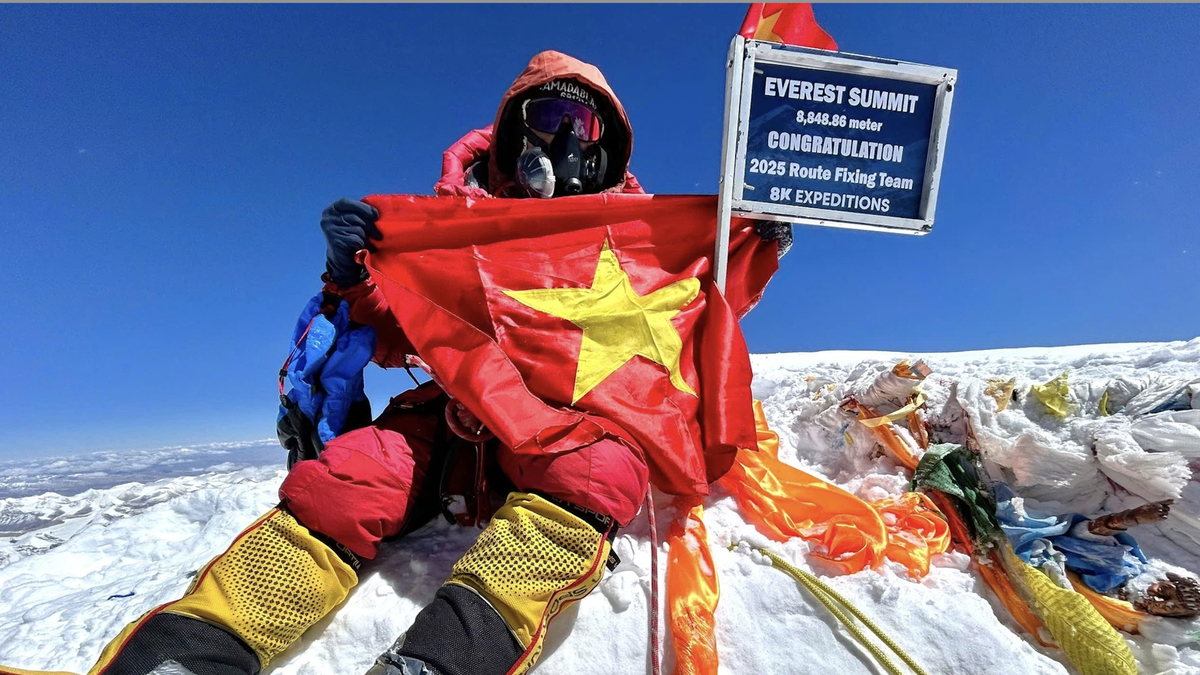






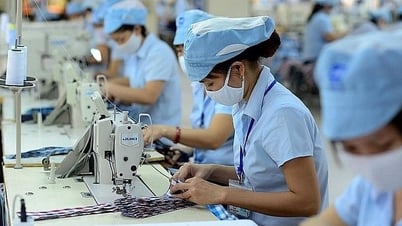





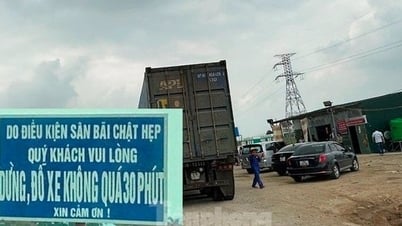

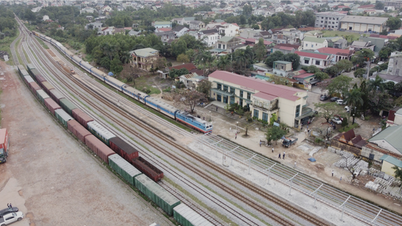




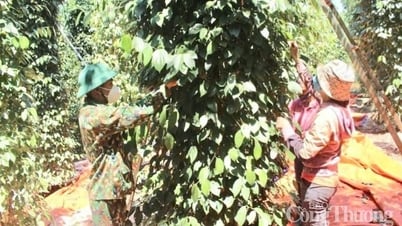



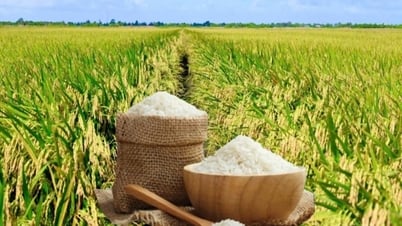

![[Photo] National conference to disseminate and implement Resolution No. 66-NQ/TW and Resolution No. 68-NQ/TW of the Politburo](https://vphoto.vietnam.vn/thumb/1200x675/vietnam/resource/IMAGE/2025/5/18/adf666b9303a4213998b395b05234b6a)




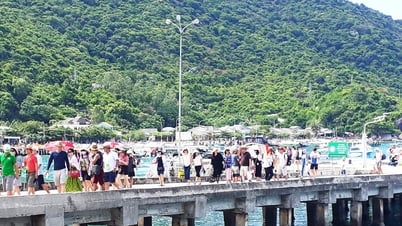






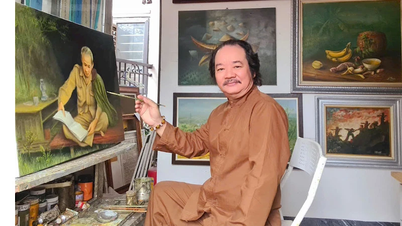













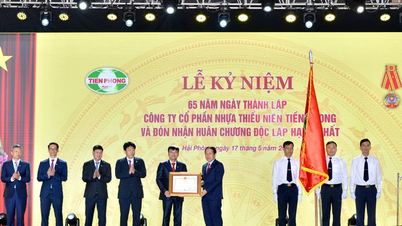


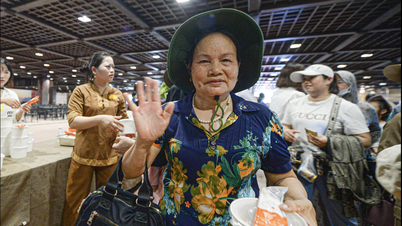





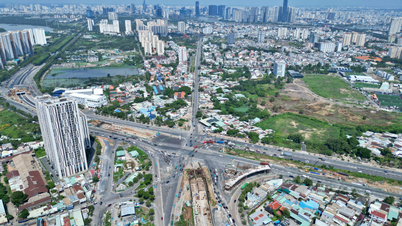
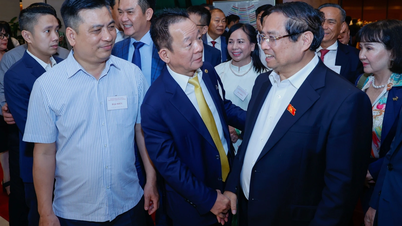



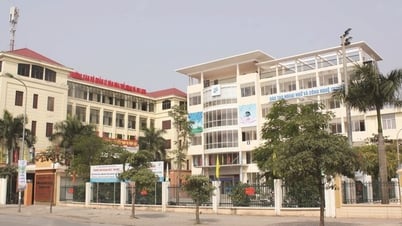


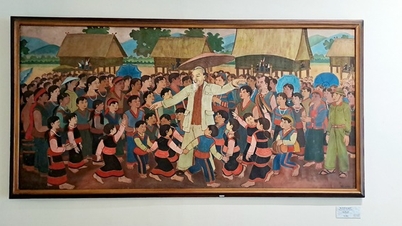





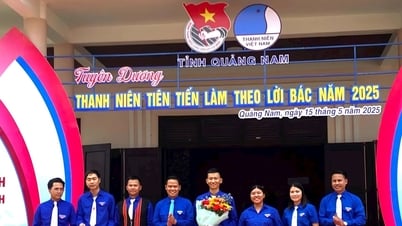
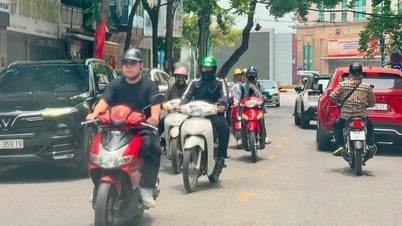


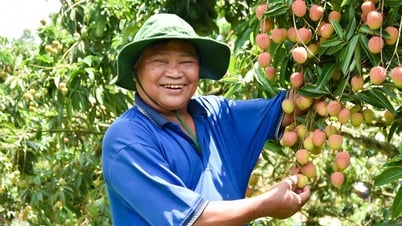



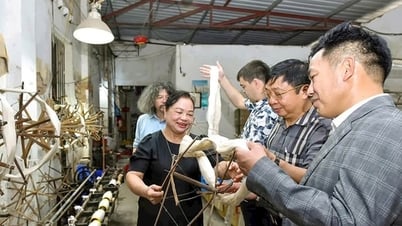


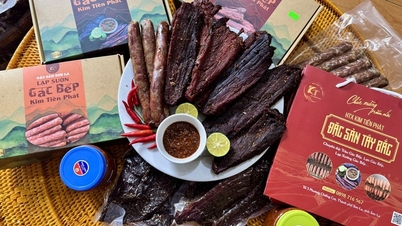


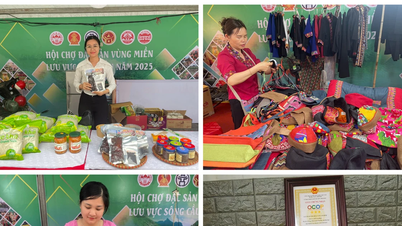

Comment (0)